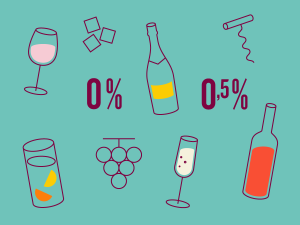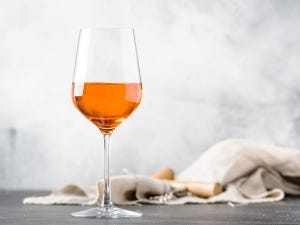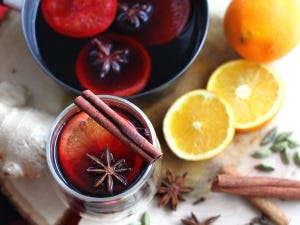The most glorious Chenins are first and foremost those from appellations like Anjou, Vouvray and Savanières, where the best of them have been improving remarkably throughout the last several decades, notable thanks to their naturally high acidity. This acidity, which preserves the wine’s freshness, even in the presence of concentrated sugars, explains why Chenin also produces deliciously sweet wines.
Though this grape’s prestige comes from the Loire Valley and continues on there, you can actually find almost two times more Chenin in South Africa. At first, this large volume could be explained by the production of South African brandy, which was distilled from Chenin wines that were produced in high yields. Today, wineries in the Cape region have created a whole range of wines, from the simplest and most refreshing to reserve vintages that are often woody, but certainly serious and worthy of spending several years in the cellar. The coastal climate of this southern extremity, sunny but cooled by the two oceans that meet right at this spot, is highly favourable to a grape that grows so well in the coastal climate of the Loire Valley.
CHENIN BLANC IN A NUTSHELL:
The grape is also called Steen in South Africa, whereas it’s nicknamed Pineau de la Loire in the French region.
Chenin blanc is also used in blended wines. Whereas in South Africa, Chenin blanc is sometimes blended with Sémillon, Viognier and Marsenne, it’s blended more so with Chardonnay in the Languedoc region, which produces excellent effervescent wines.
A bit like a Riesling, a Chenin is one of the multipurpose grapes that often leaves a consumer perplexed, because sometimes it is a bit more complicated to knowwhich style the wine will take. A little research and recommendations from our advisors in the store can help you discover all of its charms.
Want a taste? Check out the list of Chenin blanc wines currently available by clicking here.
 Access to SAQ Inspire personalized services and store inventories are unavailable at the moment.
Access to SAQ Inspire personalized services and store inventories are unavailable at the moment. Free in-store delivery with purchases of $75+ in an estimated 3 to 5 business days.
Free in-store delivery with purchases of $75+ in an estimated 3 to 5 business days. 










